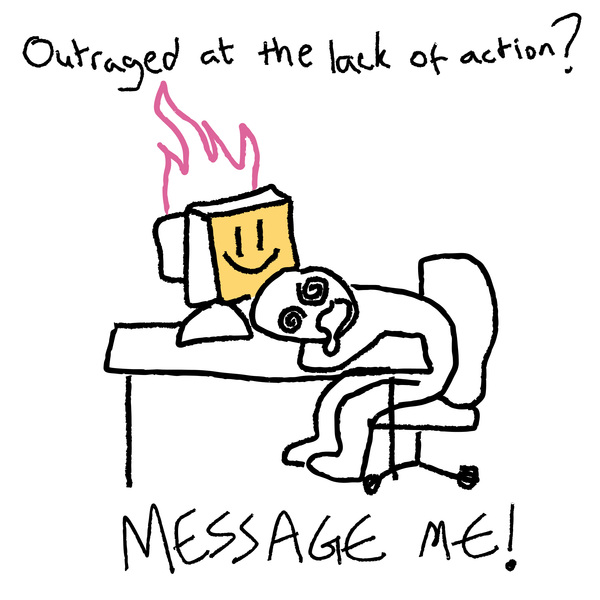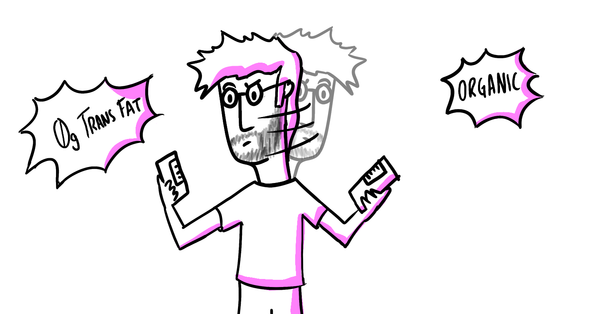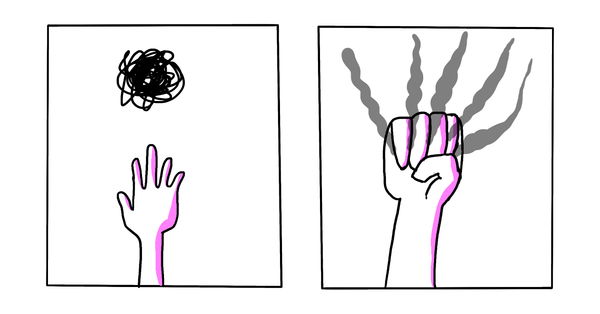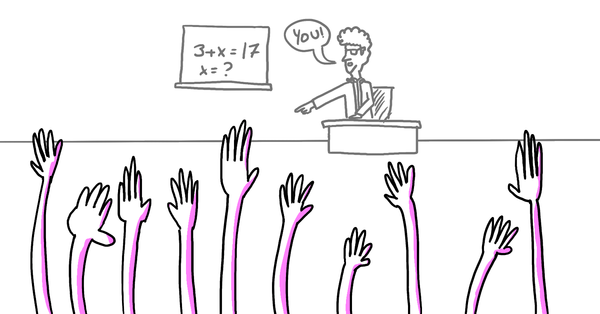My Experience in Designing a Course in UX
How designing a course about user experience is very similar to my job as a UX designer

This past summer, I worked closely with Concordia Continuing Education (CCE) as a subject matter expert to develop a user experience (UX) design program.
As someone who is passionate about finding patterns, I immediately started looking for parallels between designing courses and designing products. To give you a quick overview, there are three fundamental steps to designing any product:
- Identify a problem
- Build a solution to address the problem and implement it
- Gather feedback from stakeholders and customers to improve the solution further
I was most curious about how CCE would handle the final step—which is often the most neglected by companies as it's seen as time consuming and expensive. To my delight, part of CCE's process is to collect student feedback after the course has been introduced and continue to refine it. As a subject matter expert, this feedback loop was a major factor in my decisions about what activities to create for the class.
Since the cohort would consist of fewer than 30 students, the type of people in the class could significantly impact how the activities are completed. So we developed our course with the idea that we would learn and adapt based on how students interact with it. The curriculum provides just enough structure to ensure the teachings are consistent without impeding the instructor's ability to modify it as needed.
During several conversations with CCE's instructional designer, I almost forgot that I was designing a course and not a website. Advocating for the students' best interest when difficult decisions had to be made was reminiscent of the debates I've previously had when developing the user experience for a digital product where customer feedback proved invaluable.
CCE follows many of the same steps that a company would take when designing a product. Their team spent time upfront gathering feedback from potential students and experts. Next, I came in to develop activities and provide insight on which ones would be most suitable for students based on CCE’s initial research. This was a crucial step to ensure the course addresses the right needs. It also brings to mind a quote from Don Norman, one of the most important figures in UX design, from his book The Design of Everyday Things:
“A brilliant solution to the wrong problem can be worse than no solution at all: solve the correct problem.”
That's exactly what we wanted to avoid: a collection of UX activities and ideas that are fun independently but don’t come together to develop the skills of an employable UX designer.
Knowing how to focus on the right problem rather than being obsessed with the solution is valuable regardless of the specific technical skills you have. So is the ability to let go of your ego and allow feedback to shape the things you put out into the world. In that spirit, I can't wait to see what feedback students have for this course and how much it will evolve after it kicks off in early 2022.




